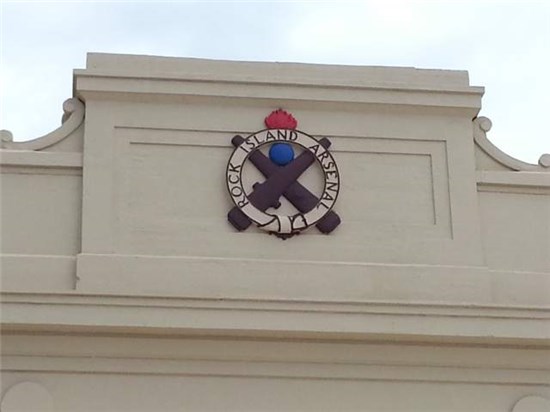In 2005 we were awarded the contract to perform the concrete restoration on Building 220 at the Rock Island Arsenal.
This was a challenging project due to:
-
The existing structure being a large manufacturing facility that operations have to remain on-going while these repairs take place.
-
The large amount of patching that the building needed.
-
The detailed architecture of the building that had to be reproduced with our work.
The reason for these repairs was: the age of the structure, lack of concrete cover over the existing rebar and carbonation of the existing concrete (which was measured up to one inch in some areas).
Prior patching attempts by others had not lasted due to poor workmanship and lack of skill and knowledge.
Scope of work
We removed deteriorated concrete using the pneumatic chipping hammers. Saw cut all edges of patches. Abrasive blasted on steel and concrete to remove corrosion from steel and open the pores of the concrete.
We applied a corrosion inhibitor to all reinforcing steel. We then applied patch material that has integrated corrosion inhibitors as part of the patch material to stop future corrosion. We increased cover over the existing reinforcing where the building esthetics would not be affected. Finally we applied two coats of an anti-carbonation elastomeric paint. 